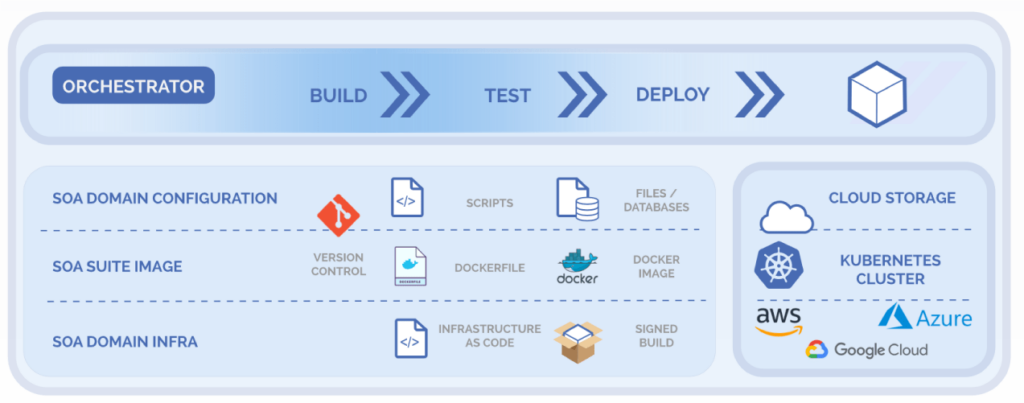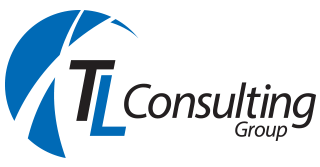How to modernise legacy applications
Hosting applications on the cloud is a strategic objective for most organisations. There are many benefits to modernise legacy applications and implementing enablers such as automated deployments, auto-scaling and containerised architectures. These include lower running costs and better performance. However, there is a perception that many legacy systems and commercial off-the-shelf (COTS) applications cannot be modernised. Instead, organisations opt for a “Lift and Shift” approach which not only requires a significant amount of rework and refactoring but does not deliver any of the benefits of the cloud.
Consider an alternative to lift and shift
While a “Lift and Shift” approach is an affordable option, there are often additional costs. These costs are generally not in the initial estimates. When estimating costs, the overall vision of the application and its lifecycle needs to be considered. As does the Total Cost of Ownership after deployment. When these factors are included the cost will often be more than first expected. But higher cost is not the only factor to consider. A lift and shift approach often does not deliver the benefits of moving to the cloud such as performance improvements and deployment efficiencies.
As an alternative, monolithic applications can benefit from modern architectures such as Kubernetes, without rearchitecting the solution. An option that few organisations consider or have the skills to accomplish. This provides the same benefits as a “Lift and Shift” but at the same time, provides a model that enables a relatively mature cloud native application.
A white paper and case study
In the following sections, we will explore key findings from a recent application modernisation service provided to a NSW Government agency. In this white paper we describe how we successfully migrated a legacy Oracle SOA application stack to containerised infrastructure. We explore common challenges, solution design, the implementation and business benefits too.
Common Challenges in Modernising Monolithic Applications
A main difference between monolithic and microservices architectures, apart from the obvious scalability, flexibility and agility benefits that are achieved with microservices, is that monolithic applications are built of layers and components that are tightly coupled. Putting all these layers and components in one docker container does not at first sight seem like a viable option. Such an approach appears to be adding an external shell on top of the existing layers, thereby further complicating the build process.
Also, from a scalability perspective, what if the consumption of the different components were not uniform? In other words, only few of the components would need to be replicated instead of replicating complete layers. It will be a complete waste of infrastructure resources having to replicate all the components when only a few are in high demand.
Solution Design Stage
Firstly, the engineering teams needed to assess the feasibility of decoupling the application components and explore different architecture design options. Secondly, we evaluated data segregation based on the needs of Docker containers.
The next step of the design stage shows the different deployment models highlighting their respective advantages and disadvantages. Depending on the infrastructure, there are different options that can be considered. Another aspect that may need consideration is stateful versus stateless components. With technologies like docker and Kubernetes, running stateless workloads is easier compared to Stateful.
The Solution Design Stage is important to setting up the core foundation of the modernised application. Without this assessment, key issues with the code, technology and or architecture will not be identified. In turn, the application will inherit the technical debt thus not achieving the ROI of the project. We often hear from other clients that TCO has risen due to poor analysis of an applications current state.
Implementation Stage
During the implementation stage there were many considerations to address. We needed to have robust continuous integration and continuous delivery pipelines to ensure stage gates are controlled and governed. This approach enabled the teams to have the transparency that was unfortunately lacking within the current technology stack. Infrastructure as code, cost benefit analysis, team skill levels and workflows were among other considerations, risks and issues to overcome. The image below shows a simplified version of the solution pipelines and technology stack.
Figure 1

The Design that was implemented for our client needed to address three critical issues. The first issue was a manual activity requiring an engineer to switch a malfunctioning active node to a standby node. The second issue, was overcoming the substantial costs of the previous lift and shift implementation. The cost of provisioning and maintaining the different environments for the platform exceeded that of running it on VMs. The last main issue was scalability. Adding another node group to the platform to handle extra load was an onerous process, which required extensive planning prior to implementation.
It is important to note, the infrastructure components and workloads were compliant with the mandated government policies and the government data centre models.
Outcomes and Business Benefits
Our client realised the immediate benefit of implementing an engineering model that leveraged an infrastructure-as-code pipeline and Kubernetes. Automated build/test/deploy pipelines, Self-Healing, Auto-scaling and 0% Downtime gradual deployments were just a few benefits that helped our client move towards a cloud-native approach.
A Cloud-Native Partner
While most internal engineers know the business and product well enough to perform a “Lift and Shift” approach, to modernise legacy applications effectively requires specialised DevOps knowledge. TL Consulting can provide this expertise allowing your team to get as close as possible to cloud native models when migrating your legacy systems to the cloud.
If you want to find out more, please review our application modernisation services page or contact us below.
